 0
0
Products Description

Inconel plate is a high-temperature alloy plate composed of nickel, chromium and other alloying elements. It has excellent corrosion resistance and high temperature stability and is a material widely used in aerospace, petrochemical, nuclear industry, chemical industry and medical equipment. Inconel sheets can resist the erosion of acidic, alkaline, oxidizing media and high-temperature corrosive environments, while maintaining stability under high-temperature conditions and having good fire resistance and oxidation resistance. It has good processing properties and can be used for processing operations such as cutting, welding, cold forming and hot forming. In the aerospace field, Inconel sheets are often used to manufacture high-temperature components such as combustion chambers, nozzles, and turbine engine blades; in the petrochemical industry, it is widely used in reactors, heat exchangers, steam generators, and vulcanizers to resist corrosion and high temperatures. equipment. In addition, Inconel sheets are also widely used in the nuclear industry, chemical equipment manufacturing, medical equipment and other fields to meet the needs of high temperature, corrosion and radiation environments.
Parameter:

Item | 600 | 601 | 617 | 625 | 690 | 718 | X750 | 825 |
C | ≤0.15 | ≤0.1 | 0.05-0.15 | ≤1.0 | ≤0.05 | ≤0.08 | ≤0.08 | ≤0.05 |
Mn | ≤1 | ≤1.5 | ≤0.5 | ≤0.5 | ≤0.5 | ≤0.35 | ≤1 | ≤1 |
Fe | 6-10 | rest | ≤3 | ≤5.0 | 7-11 | rest | 5-9 | ≥22 |
P | ≤0.015 | ≤0.02 | ≤0.015 | ≤0.015 | -- | -- | -- | -- |
S | ≤0.015 | ≤0.015 | ≤0.015 | ≤0.015 | ≤0.015 | ≤0.01 | ≤0.01 | ≤0.03 |
Si | ≤0.5 | ≤0.5 | ≤0.5 | ≤0.5 | ≤0.5 | ≤0.35 | ≤0.5 | ≤0.5 |
Cu | ≤0.5 | ≤1 | -- | -- | ≤0.5 | ≤0.3 | ≤0.5 | 1.5-3 |
Ni | ≥72 | 58-63 | ≥44.5 | Bal | ≥58 | 50-55 | ≥70 | 38-46 |
Co | -- | -- | 10-15 | ≤1.0 | -- | ≤1 | ≤1 | -- |
Al | -- | 1-1.7 | 0.8-1.5 | ≤0.4 | -- | 0.2-0.8 | 0.4-1 | ≤0.2 |
Ti | -- | -- | ≤0.6 | ≤0.4 | -- | -- | 2.25-2.75 | 0.6-1.2 |
Cr | 14-17 | 21-25 | 20-24 | 20-23 | 27-31 | 17-21 | 14-17 | 19.5-23.5 |
Nb+Ta | -- | -- | -- | 3.15-4.15 | -- | 4.75-5.5 | 0.7-1.2 | -- |
Mo | -- | -- | 8-10 | 8-10 | -- | 2.8-3.3 | -- | 2.5-3.5 |
B | -- | -- | ≤0.006 | -- | -- | -- | -- | -- |
SPECIFICATIONS | |
Form | ASTM |
Rod, bar and wire | B 166 |
Plate, sheet and strip | B 168, B 906 |
Seamless pipe and tube | B 167, B 829 |
Welded pipe | B 517, B775 |
Fitting | B 366 |
Billet and bar for reforging | B 472 |
Forging | B 564 |
Shape | Size (mm) |
Wire | 0.5-7.50 |
Rod/Bar | 8.0-200 |
Strip | (0.5-2.5)*(5-180) |
Tube/Pipe | Customized |
Sheet/Plate | Customized |
For more details, pls directly contact us.
Production Process:

The production process of Inconel boards usually includes the following steps:
Raw material preparation: Select appropriate Inconel alloy raw materials, which are usually provided in powder or block form. Raw materials should meet specific chemical composition and physical property requirements.
Material melting: Inconel alloy raw materials are put into an induction furnace or electric arc furnace for melting. During the melting process, the required alloy composition can be obtained by adding appropriate alloying elements and adjusting the melting temperature.
Filtration and Purification: The molten alloy is filtered and purified to remove impurities and undesirable crystal structure. This helps improve the quality and performance of the final product.
Continuous Casting: Molten alloy is poured into a continuous casting machine, where the molten alloy is converted into a continuous billet through a cooling and solidification process. The continuous casting process allows control of the size and shape of the sheet.
Hot rolling: After the continuous casting billet is preheated, it is rolled through a hot rolling mill. During the hot rolling process, the continuous casting billet undergoes multiple rolling and annealing treatments to gradually reduce the thickness and improve the mechanical properties.
Cold Rolling: After hot rolling, Inconel plates can be further rolled and resized through cold rolling mills. Cold rolling can improve the surface quality and flatness of the plate.
Heat treatment: Cold-rolled Inconel plates undergo appropriate heat treatment as needed. Common heat treatment methods include solution treatment and aging treatment to adjust the crystal structure and properties of the material.
Surface treatment: Inconel sheets may require surface treatment such as polishing, pickling or electrochemical treatment to remove surface oxides, contaminants and defects and improve surface quality and corrosion resistance.
Inspection and quality control: Various inspections and quality controls are carried out on Inconel sheets during the production process, including chemical composition analysis, mechanical performance testing, dimensional inspection and surface quality assessment, etc. Ensure that the final product meets specified standards and requirements.
Final processing and delivery: After inspection, Inconel sheets can undergo final processing, such as cutting, drilling, bending and welding, to meet specific application requirements. The finished product is then packaged and labeled and delivered to the customer.
Q&A:

What are the applications of Inconel sheets in medical devices?
The application of Inconel sheets in medical devices mainly includes the manufacture of artificial joints, bone plates and implants. Due to its corrosion resistance and biocompatibility, it can meet the requirements of long-term use in the human body.
What is the tensile strength of Inconel sheets?
The tensile strength of Inconel sheets typically ranges from 550 MPa to 1035 MPa, depending on the different alloys and heat treatment conditions.
What are the surface treatments for Inconel sheets?
Common surface treatments for Inconel sheets include pickling, mechanical polishing and sandblasting to provide varying surface finishes and roughnesses.
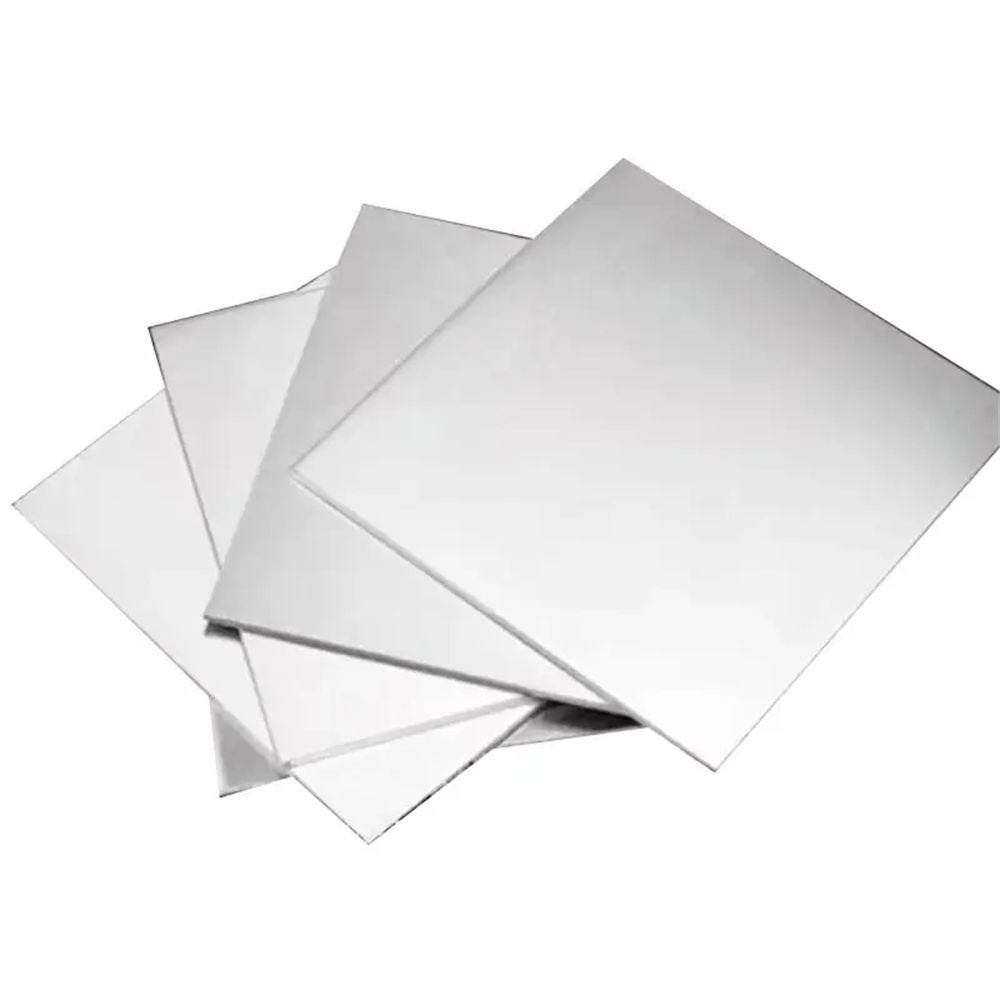
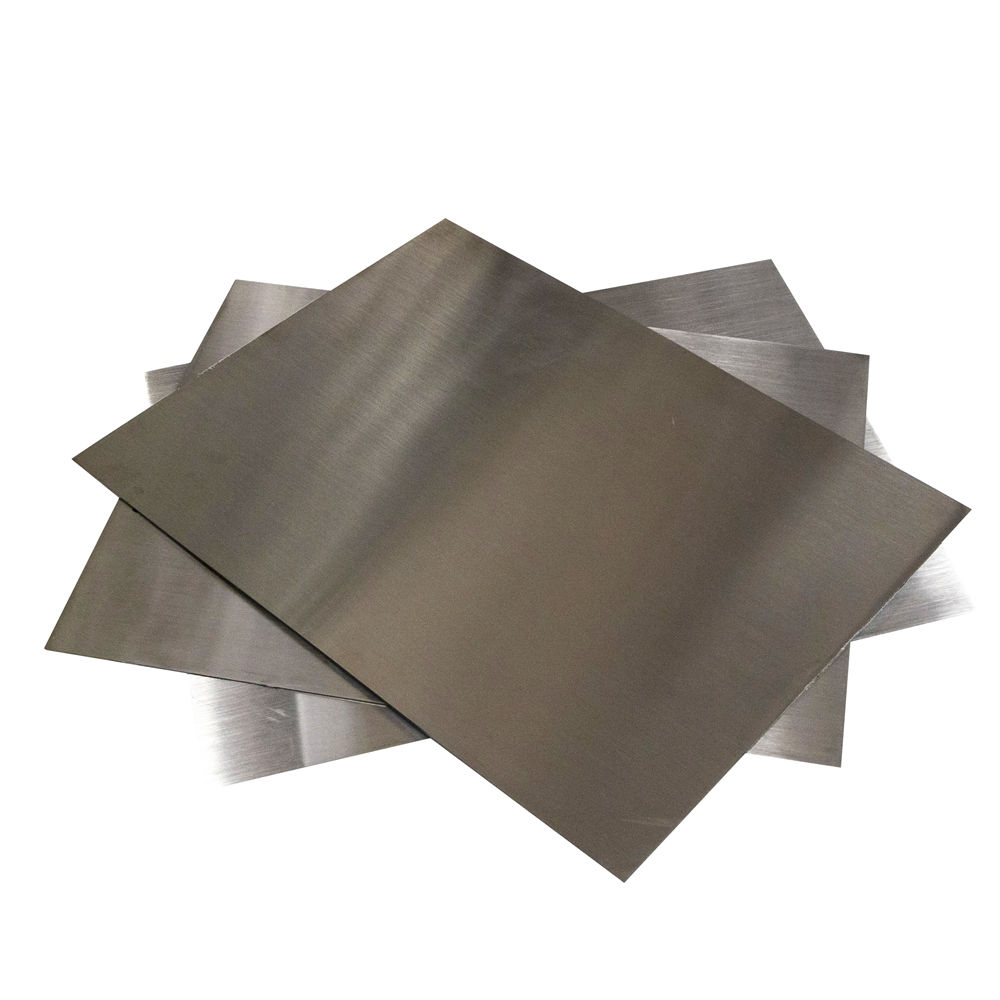
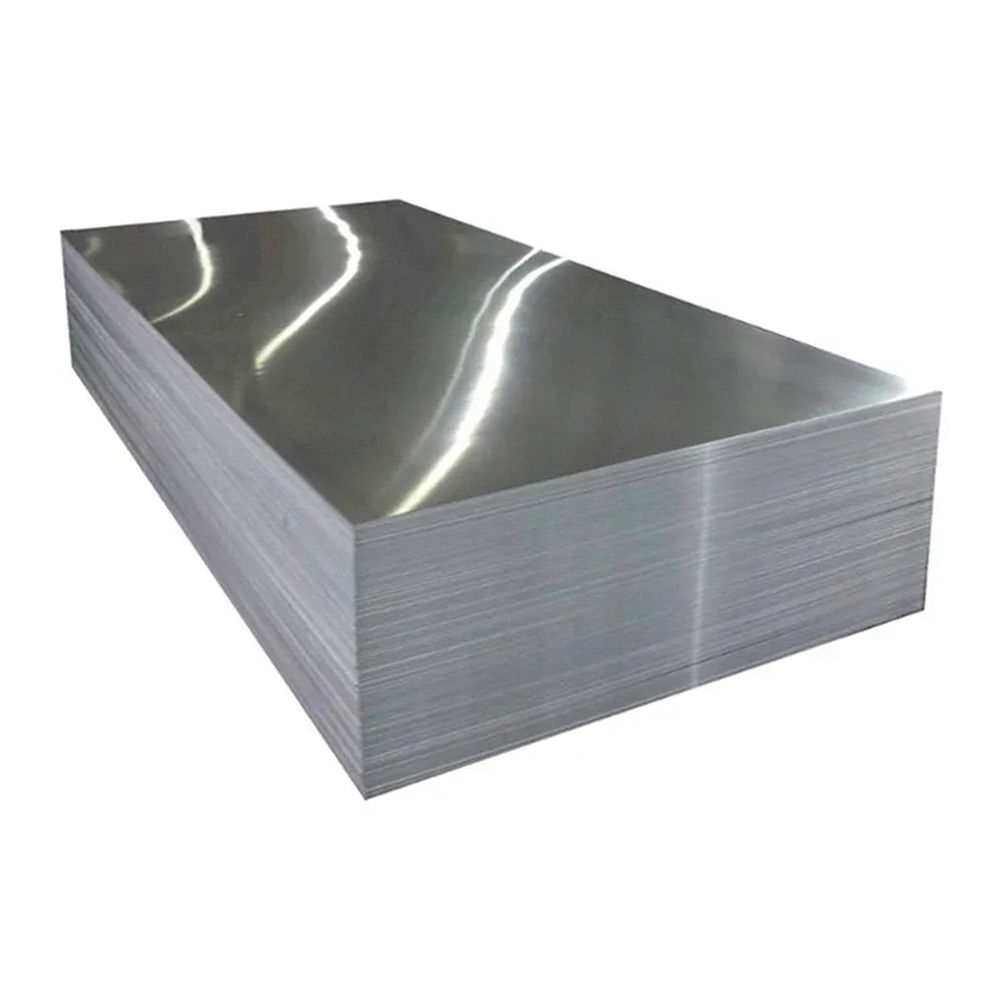
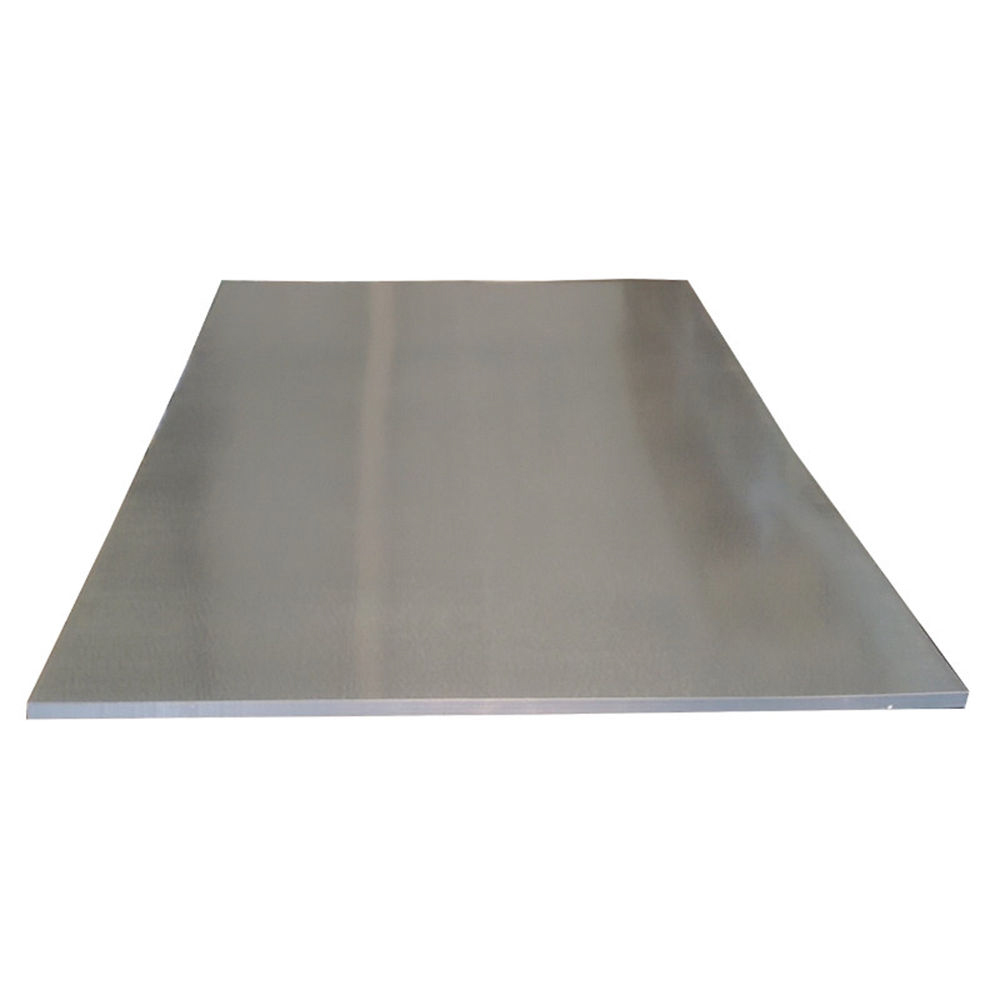
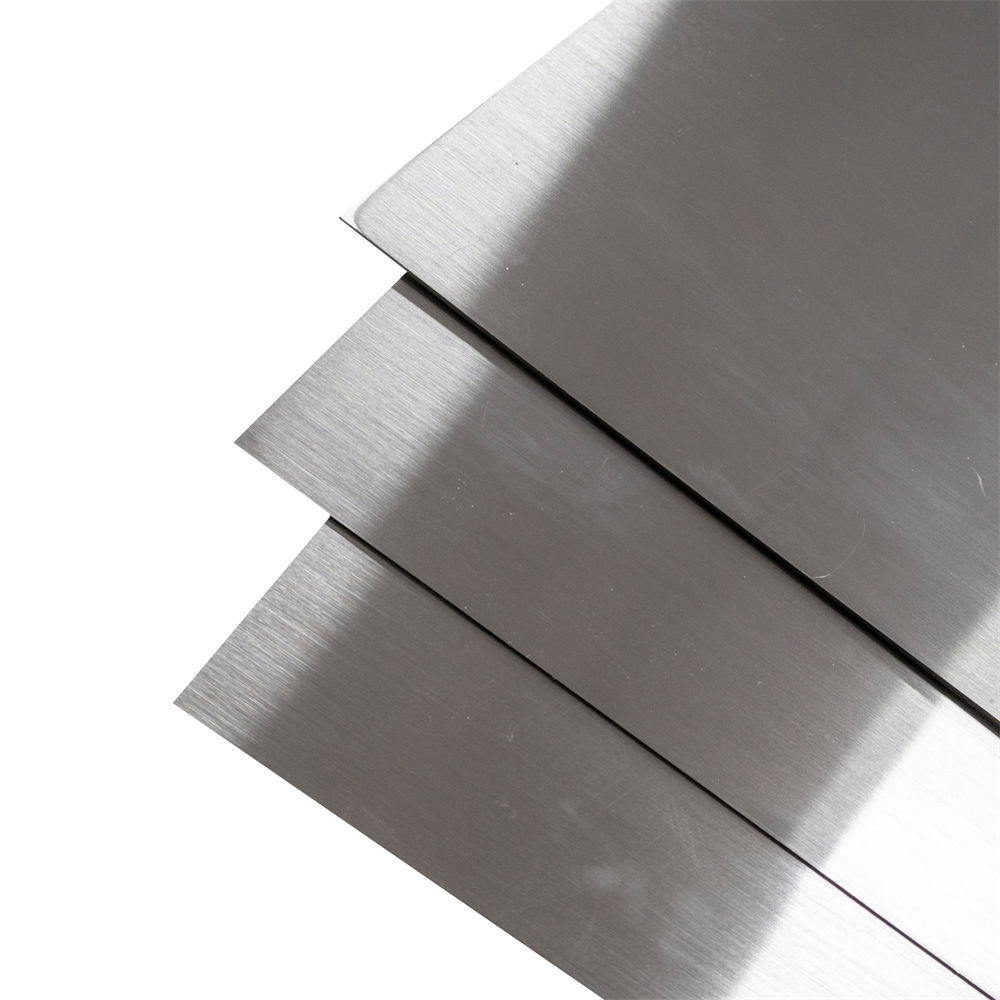
E-mail: Info@hulkalloy.com
Mobile: 0086 13852926463
Tel: 0086 13852926463
Whatapps: 0086 13852926463
Add: Renli Village, Fangxian Town, Danyang City, Jiangsu Province, China